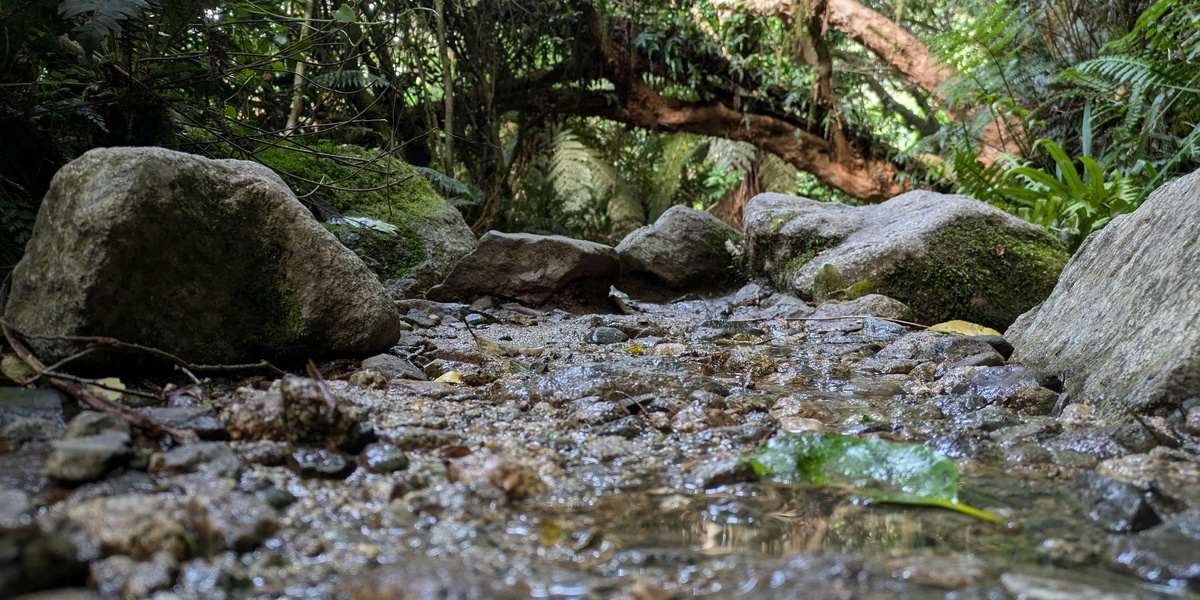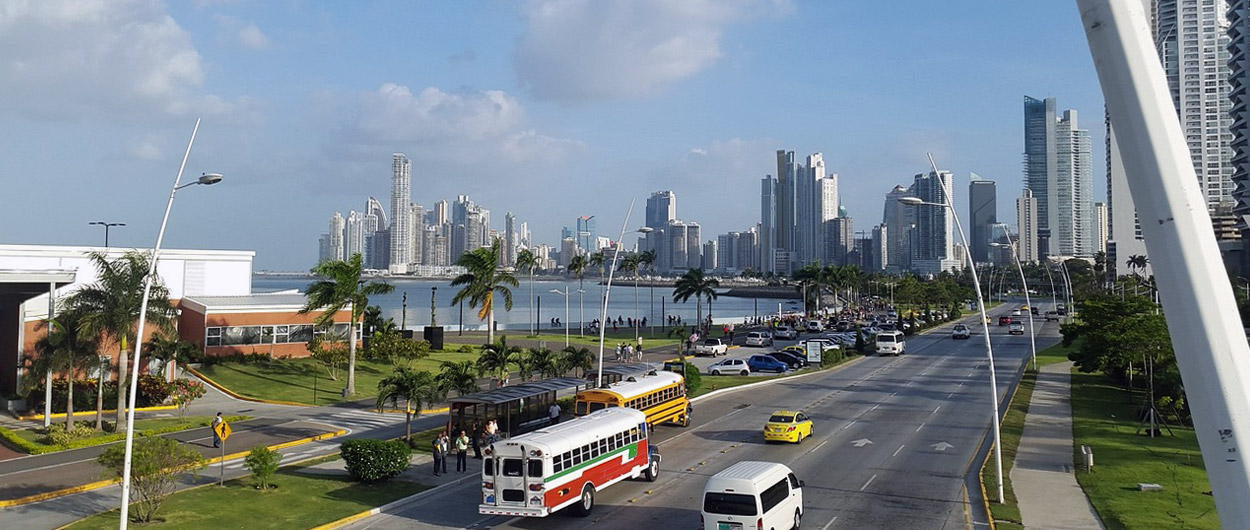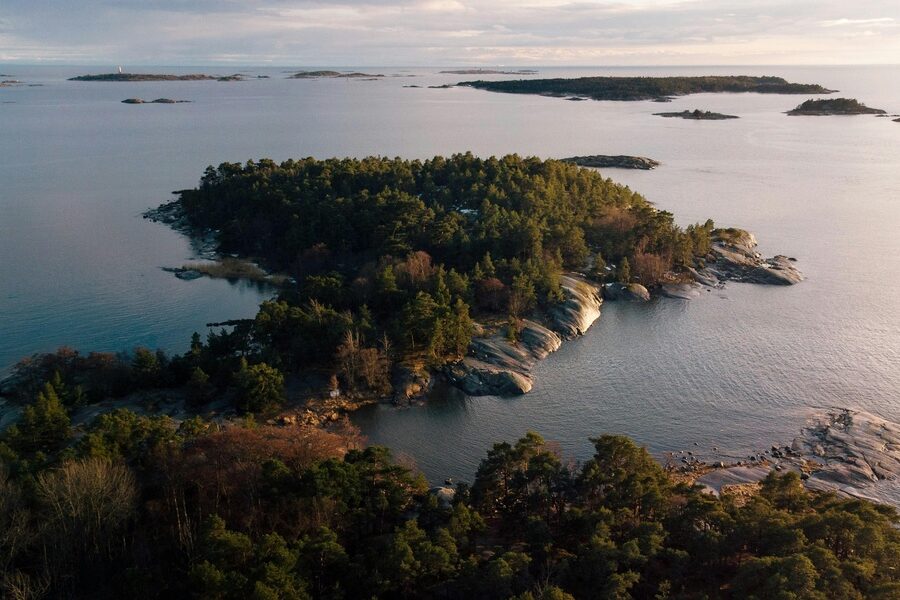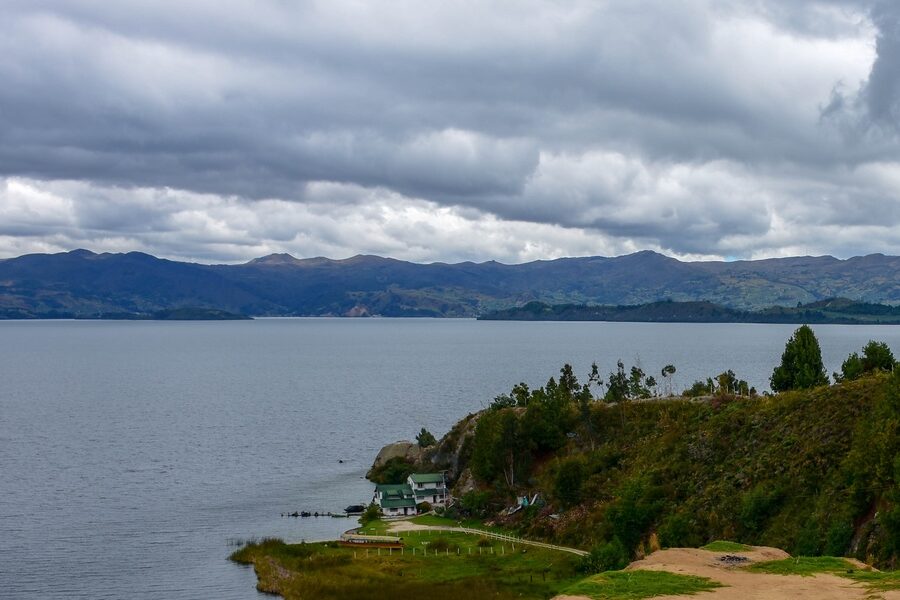Europe’s diverse landscape is crisscrossed by countless rivers, each with its own unique character and story. While we often marvel at the powerful currents of major arteries, or the picturesque banks of famous waterways, there’s an equally intriguing world to explore in the less-traveled, shallower streams that carve their own paths across the continent. These rivers, though not always navigable by large vessels, are crucial for local ecosystems and often hide surprising historical significance.
We’ve delved into this fascinating niche to bring you a comprehensive look at the Most Shallow Rivers in Europe. Our list meticulously details 12 such rivers, ranging from the well-known Drina to the often-overlooked Warta. For each entry, you’ll find below essential data points including its Country, Typical Shallow Depth (m), and Length (km), providing a clear picture of these distinctive waterways.
What defines a “shallow” river in this context?
While “shallow” can be subjective, for this compilation, we consider rivers where the average or typical depth during normal flow conditions is significantly lower than major rivers, often posing challenges for navigation or creating unique ecological niches. This typically means depths under a few meters in most sections, distinguishing them from deeper, more voluminous waterways.
Why is a river’s shallow depth important?
A river’s depth profoundly impacts its ecosystem, human uses, and hydrological characteristics. Shallower rivers often experience more rapid temperature fluctuations, increased light penetration, and different oxygen levels, shaping the types of flora and fauna that can thrive there. For humans, shallow rivers can be challenging for commercial navigation but are often vital for local agriculture, specialized fishing, and provide unique habitats for specific wildlife.
Most Shallow Rivers in Europe
| River Name | Country | Typical Shallow Depth (m) | Length (km) |
|---|---|---|---|
| Tagliamento | Italy | 0.5 | 178 |
| Narew | Poland, Belarus | 1 | 484 |
| Vjosa | Albania, Greece | 0.8 | 272 |
| Spey | United Kingdom | 1.2 | 173 |
| Soča | Slovenia, Italy | 1.5 | 138 |
| Lech | Austria, Germany | 1 | 256 |
| Durance | France | 1.3 | 323 |
| Guadalquivir | Spain | 1.5 | 657 |
| Warta | Poland | 2 | 808 |
| Pechora | Russia | 2.5 | 1,809 |
| Drina | Bosnia and Herzegovina, Serbia | 1.8 | 346 |
| Lahn | Germany | 1.5 | 245 |
Images and Descriptions
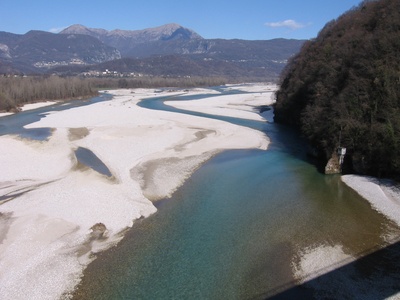
Tagliamento
Often called the ‘King of Alpine Rivers,’ its exceptional shallowness is due to its braided nature, flowing in a web of shifting channels across a vast, white gravel bed. This creates a stunning landscape and a highly valuable, near-pristine ecosystem.
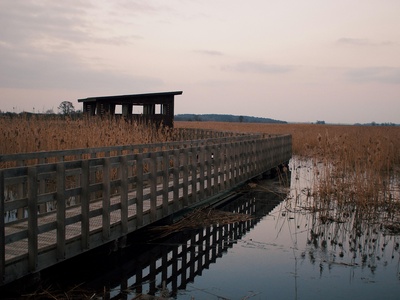
Narew
Known as the ‘Polish Amazon,’ the Narew is a rare example of a braided lowland river. It forms a unique labyrinth of shallow, interconnected channels flowing through a wide, marshy valley, creating an incredibly rich wetland habitat.
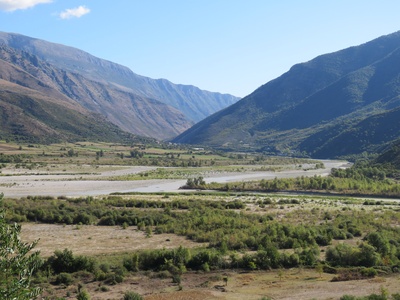
Vjosa
Celebrated as one of Europe’s last major wild rivers, the Vjosa flows unimpeded from the mountains to the sea. Its lower and middle courses are characterized by a wide, gravelly floodplain where the river spreads out into shallow, braided channels.
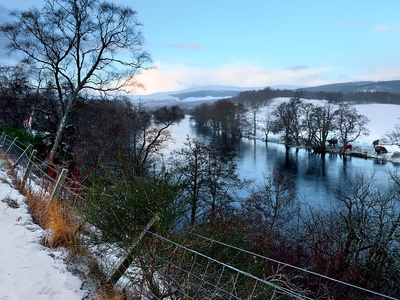
Spey
Famous for its salmon fishing and whisky distilleries, this fast-flowing Scottish river has a wide, gravelly bed. Its relatively shallow, clear, and well-oxygenated water is a key feature of its character, particularly in the broad valley of Strathspey.
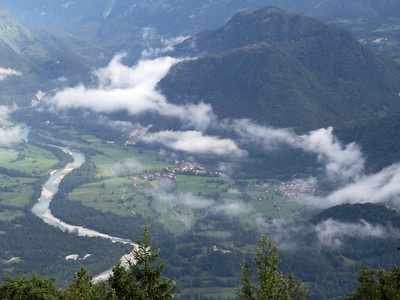
Soča
Renowned for its striking emerald-green water, the Soča alternates between deep gorges and wide, shallow gravel beds. These accessible shallow sections make it a world-class destination for fly-fishing, kayaking, and other water sports.
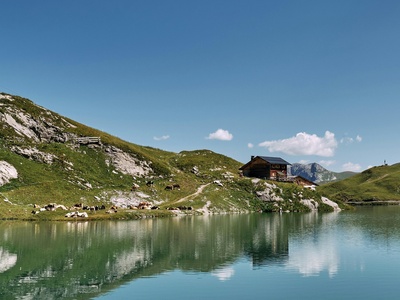
Lech
An archetypal Alpine river, the Lech was once a wild, braided system. While now heavily managed, its character remains defined by its wide, gravelly riverbed and turquoise water, with significant shallow sections preserved in nature reserves like the ‘Lechauen’.
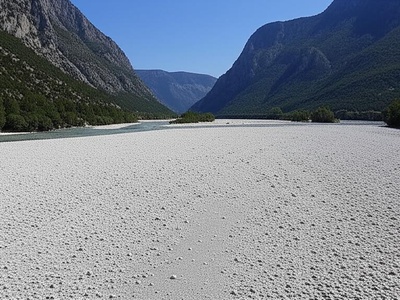
Durance
This Alpine river was historically notorious for its wide, braided, and unpredictable shallow channel. Though now tamed by numerous dams for hydroelectricity and irrigation, its vast, stony riverbed is a testament to its naturally shallow and sprawling nature.
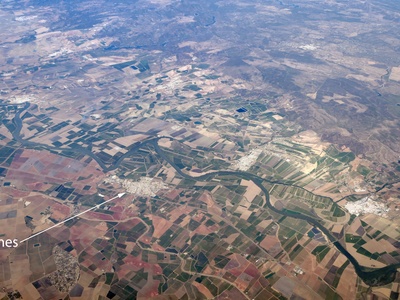
Guadalquivir
Flowing through the hot, dry heart of Andalusia, the Guadalquivir’s water volume is often modest for its size, leading to characteristically shallow depths in its upper and middle reaches. This contrasts sharply with its deep, navigable estuary near the sea.
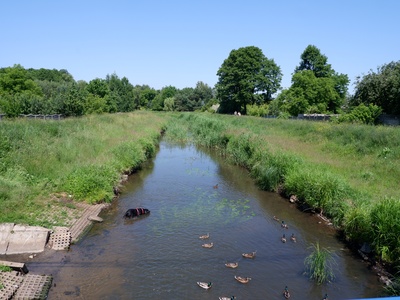
Warta
As a major lowland river flowing through a wide, post-glacial valley, the Warta is generally broad and shallow. Unlike Europe’s major navigable arteries, it maintains a gentle flow and accessible depth, making it popular for recreational boating and kayaking.
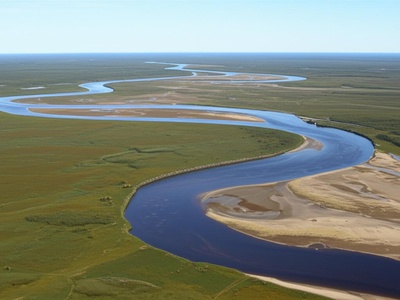
Pechora
Flowing across the vast, flat Pechora Lowland towards the Arctic Ocean, this immense river has an extremely low gradient. This causes it to spread out widely, creating extensive shallow areas and sandbanks outside of its main navigation channel.
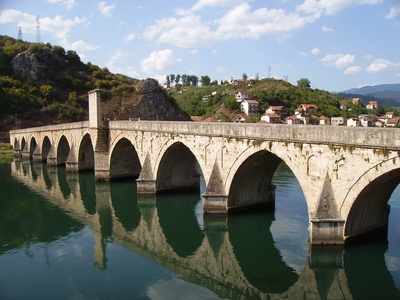
Drina
While famous for its deep canyon, the middle course of the Drina opens into a wide, beautiful valley. Here, the river becomes broader and significantly shallower, flowing over extensive gravel deposits, a typical characteristic of many rivers in the Dinaric Alps.
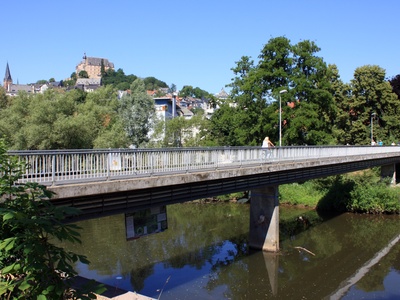
Lahn
A scenic tributary of the Rhine, the Lahn is much gentler and shallower than its mighty counterpart. It meanders through a hilly landscape with a modest flow, making it a favorite for canoe trips and leisurely river cruises rather than heavy commercial traffic.

